
- Home
- Solutions
Engineering
Manufacturing
Intelligent Automation
Staff Augmentation
Engineering
Manufacturing
Intelligent Automation
Staff Augmentation
- Industries Covered
- Resources
- About Us
- Get in Touch


Outsourcing manufacturing has become a very popular business strategy in recent years, and now companies are outsourcing more aspects of their operations than ever before. Some companies outsource their entire manufacturing process to countries with cheaper labor costs, while others will still do some or all of the manufacturing domestically but outsource many other tasks to foreign countries as well. Whether you’re looking to outsource some or all of your manufacturing processes, you want to know how much it will cost to outsource manufacturing in the long run.
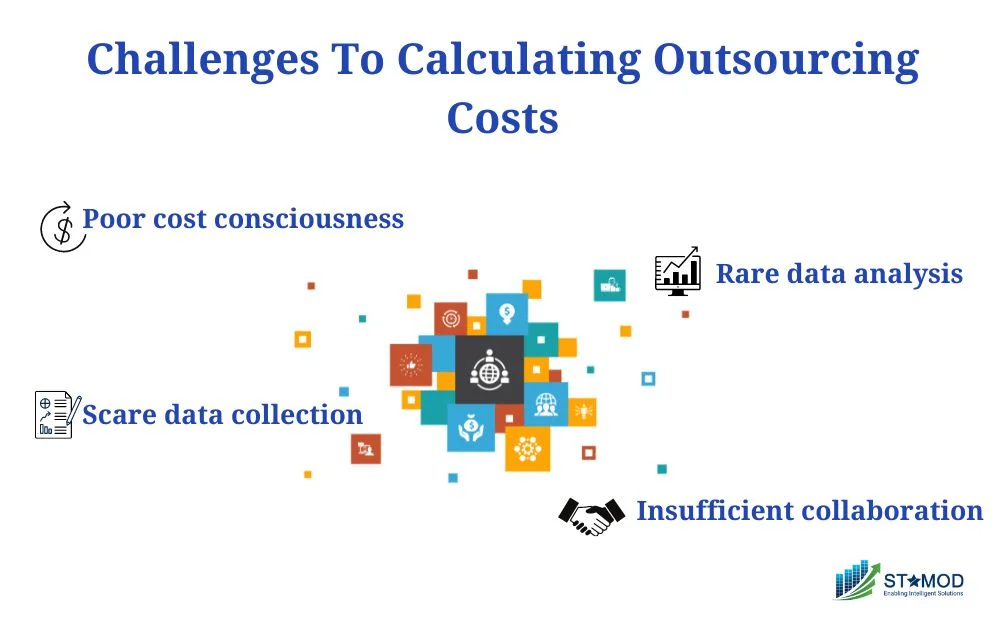
If you’re starting a company, one of your first questions is whether to outsource manufacturing. And if you’re outsourcing manufacturing, how do you find and vet quality suppliers? These are hard questions because it’s hard to make decisions when there are so many moving parts and unknowns. To help make sense of everything, we have already put up a detailed guide in the decision-making process of manufacturing outsourcing. You can find it here.
It also helps to understand what manufacturing costs can look like in different scenarios. We’ll explore these scenarios below and show why outsourcing manufacturing can be a great choice for startups.
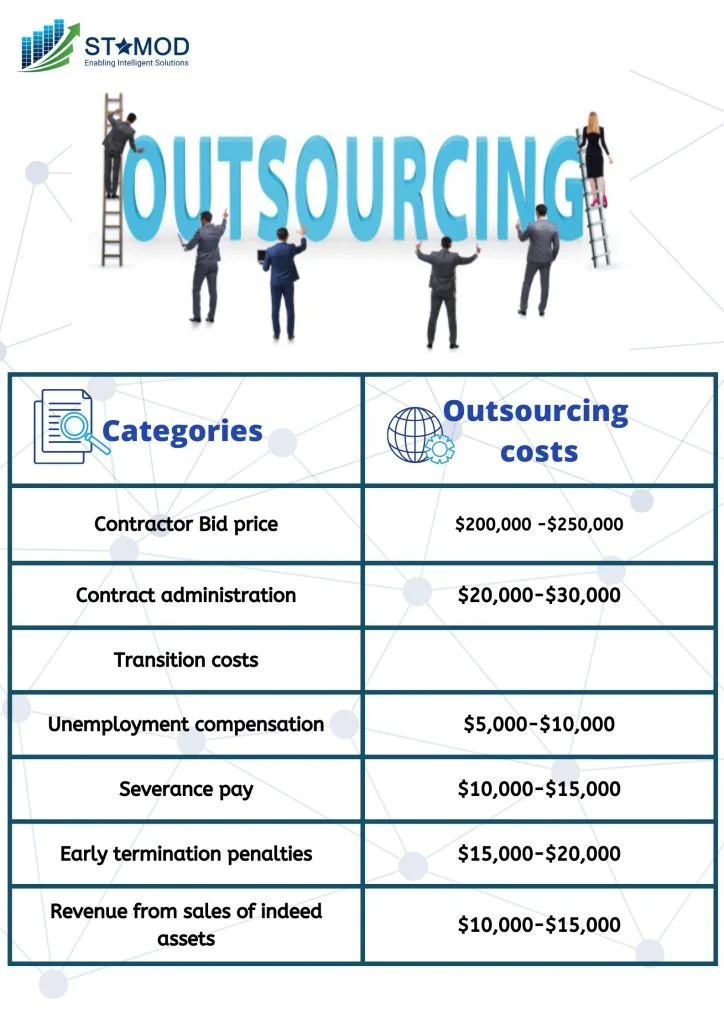
The growing trend of reshoring, or sending overseas jobs back to domestic factories, is a good way to save on cost to outsource manufacturing while also improving your supply chain’s efficiency. The price of shipping products to and from manufacturing plants abroad can add up quickly. Longer distances mean more fuel consumption, which increases cost and carbon emissions.
When it comes time to ship finished goods around the world, any savings you can squeeze out of each shipment will benefit your company’s bottom line. Reshoring is also an efficient way to manufacture in America because domestic manufacturers are accustomed to working with American businesses, so they’re better equipped for rapid production cycles and for meeting quality standards like those required by U.S. Food and Drug Administration (FDA) regulations.
Additionally, increased flexibility is another benefit of reshoring. Shorter lead times allow you to be more responsive to changing customer demands and market needs. This can help minimize inventory costs by reducing excess supply. In the meanwhile, it will also boost your bottom line with quick product turnaround times. This will create a more effective production process.
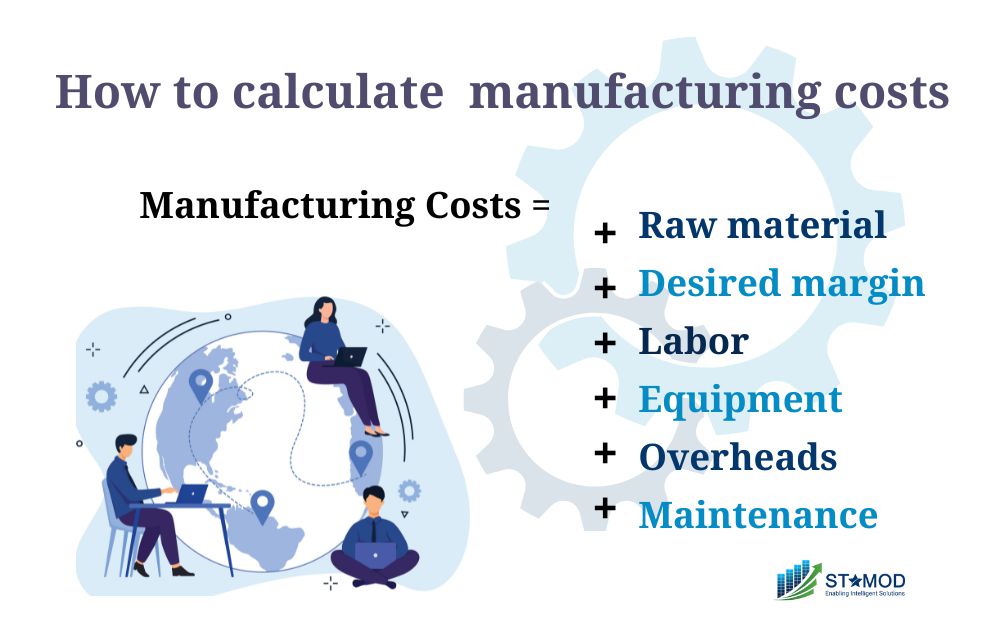
Obviously, prices will vary depending on what your product is, how many you need made and where it’s being made. One study found that on average, manufacturers charged $33.42 per unit of a product; some prices were higher in certain areas of the country while others were lower. Some companies may have different rates based on their business policies or relationships with individual contract manufacturers. However, overall costs can be broken down into three categories: direct materials costs, direct labor costs and overhead costs.
For example, if you need 10 units manufactured for a total cost of $1 million (not including shipping), those costs might break down like so: $66 per unit for direct material cost; $20 per unit for direct labor; and $134 for overhead. These numbers are just averages, but they give you an idea of what to expect when determining manufacturing costs. If you’re looking to make thousands or millions of products, these numbers could change significantly!
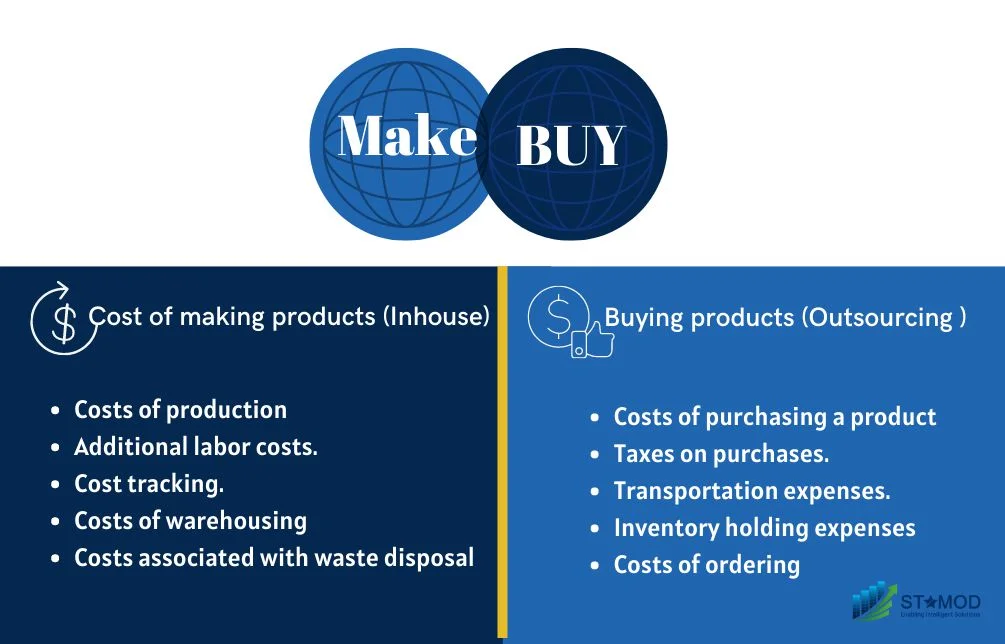
When deciding whether to outsource manufacturing, you may wonder whether it’s best to buy or rent. Generally speaking, buying has some obvious advantages, such as having more control over production and quality. Renting can have its benefits as well.
For example, if you don’t need a lot of volumes or are changing styles quickly, renting may be better for your needs. But when you rent rather than buy equipment, that means you need to get access to additional machines every time you want to change up your style.
If you plan on outsourcing all or most of your manufacturing, then renting might make sense. At that point, your biggest decision will come down to price and timing. Since most manufacturers offer lease options on their equipment, there are many variables in play when determining which is cheaper between leasing vs. buying. Asking around can help you understand how other businesses are making those decisions. Also, you will know how they approach cost-cutting measures, such as reusing molds instead of creating new ones.
If your goal is to save money by outsourcing production overseas, another important factor to consider is shipping costs (both sending goods overseas and getting them back). Some manufacturers may provide discounted rates on these costs; others may not. Finally, once you start talking about volumes larger than 5,000 units per year, things like taxes start coming into play.
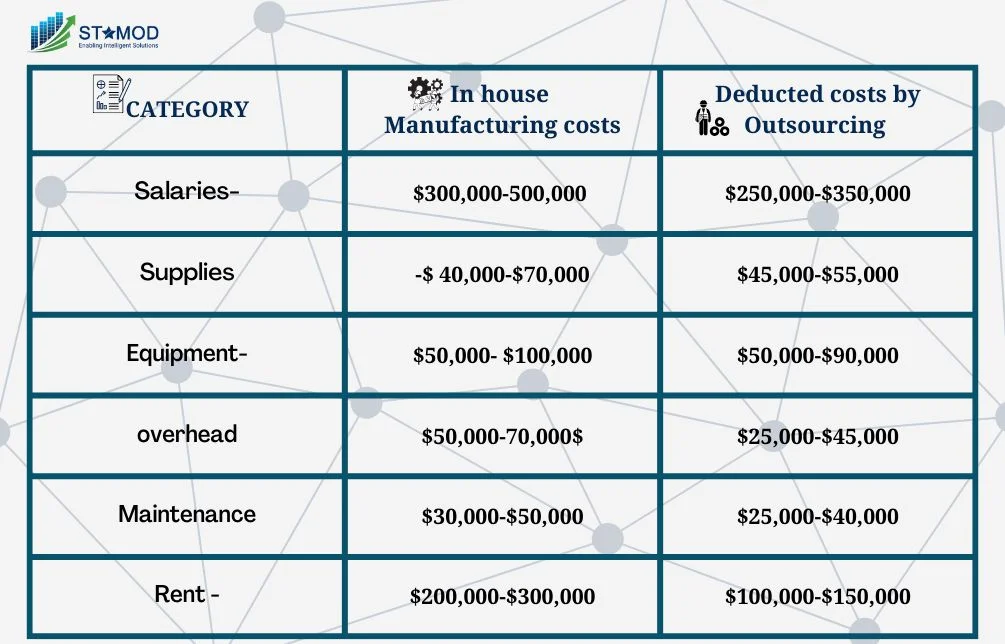
When you decide to scale your product, there are plenty of costs that go into creating and manufacturing your goods. These include materials, labor and royalties. Every project has different needs based on what you’re creating. It will also factor how large it is and what material is being used to create it.
With that said, here are some things you can expect when starting a new manufacturing project. The costs associated with outsourcing your product can range from $5 to over $1 million. This could be depending on whether you’re making small-batch products or producing large orders for big clients. If you’re trying to figure out how much it will cost for your project, look at these factors as a guide for what could be included in your total costs.
Before you even think about outsourcing production to another country, it’s important to have a clear understanding of your goals. If you have a $100,000 to invest and want to create 1,000 units of your product, there is a very different cost structure than if you wanted 10 million units. Whether you outsource overseas or at home will also change your project scaling costs significantly; using outside vendors can drive up costs while increasing efficiency at home might save money. You need to know what you’re trying to accomplish before you start looking for manufacturers.
Any time you’re working with another party to create or deliver a product, quality control can become an issue. If you’re manufacturing products overseas or in other countries, you’ll want to be extra careful about how much quality control you actually do.
Even if your manufacturer is trustworthy and reliable, if they don’t have similar quality control systems to yours, it might take a little more effort on your part.
Quality assurance is often built into cost to outsource manufacturing. However, having a separate quality control team in-house will also increase costs. If possible, make sure that any manufacturer has relevant experience and expertise before signing a contract. You don’t want them to be learning from scratch as you pay for their mistakes!
Suppliers’ costs are directly related to their abilities, specializations, location, etc. For example, if you’re looking for a company that makes computer chips (which must be made in huge quantities), then you can expect higher prices than if you were looking for someone to make t-shirts.
In addition to understanding what you need out of your supplier and what he or she needs from you, it’s important to have a detailed idea of your product cost. You’ll want to account for labor costs per hour. You should also project any other fixed costs that go into making your product. A good rule of thumb is that your final product should be able to cover these extra costs with a healthy margin left over as profit.
As you can see, outsourcing manufacturing is a big decision and one that involves a number of factors. Some businesses opt to manufacture in-house for many reasons, so if you’re going to outsource your production, it’s important to think about all of your options first. But once you’ve made up your mind, don’t forget to consider how that decision will affect your costs. With careful planning, though, outsourcing manufacturing can lead to increased efficiency and lower overall costs. When all is said and done, it could be just what your business needs to succeed.
Your email address will not be published. Required fields are marked *
© Copyright 2023 - All Rights Reserved By Stamod